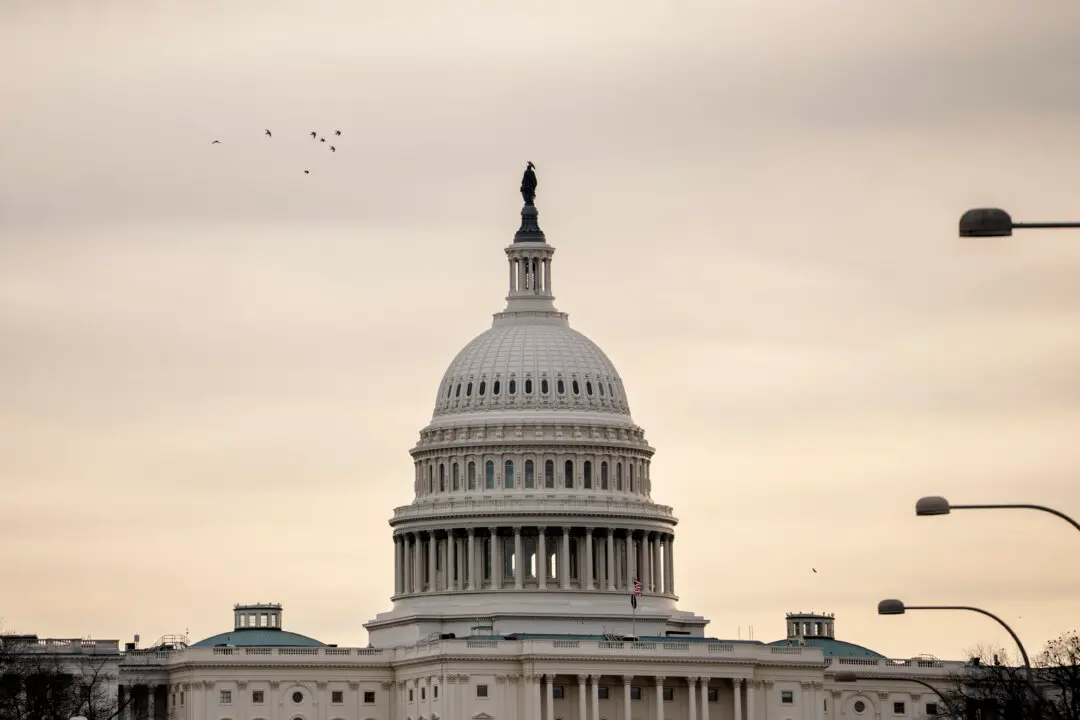The Environmental Protection Agency (EPA) issued new rules on March 20 for automobiles aimed at cutting carbon emissions and boosting both hybrid and electric vehicles (EVs).
The new regulations amount to the toughest-ever limits on tailpipe emissions, part of the Biden administration’s bid to accelerate the manufacture and adoption of EVs.





